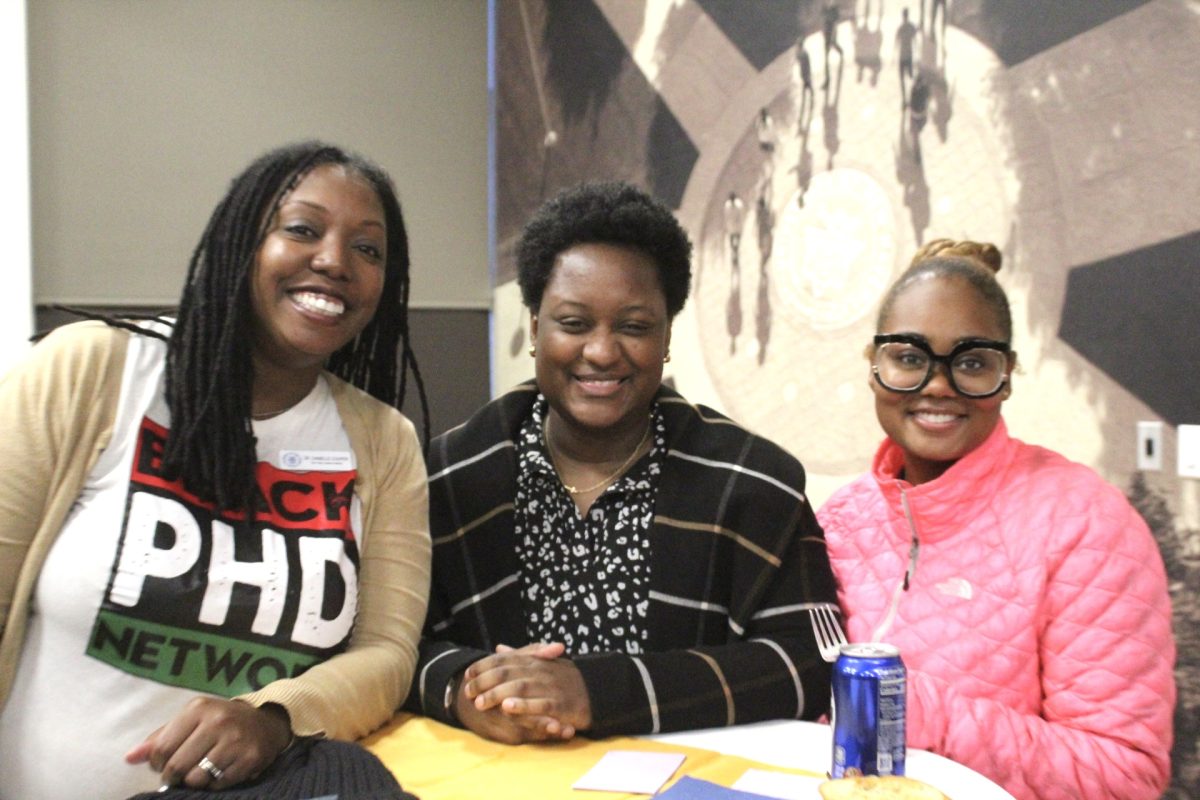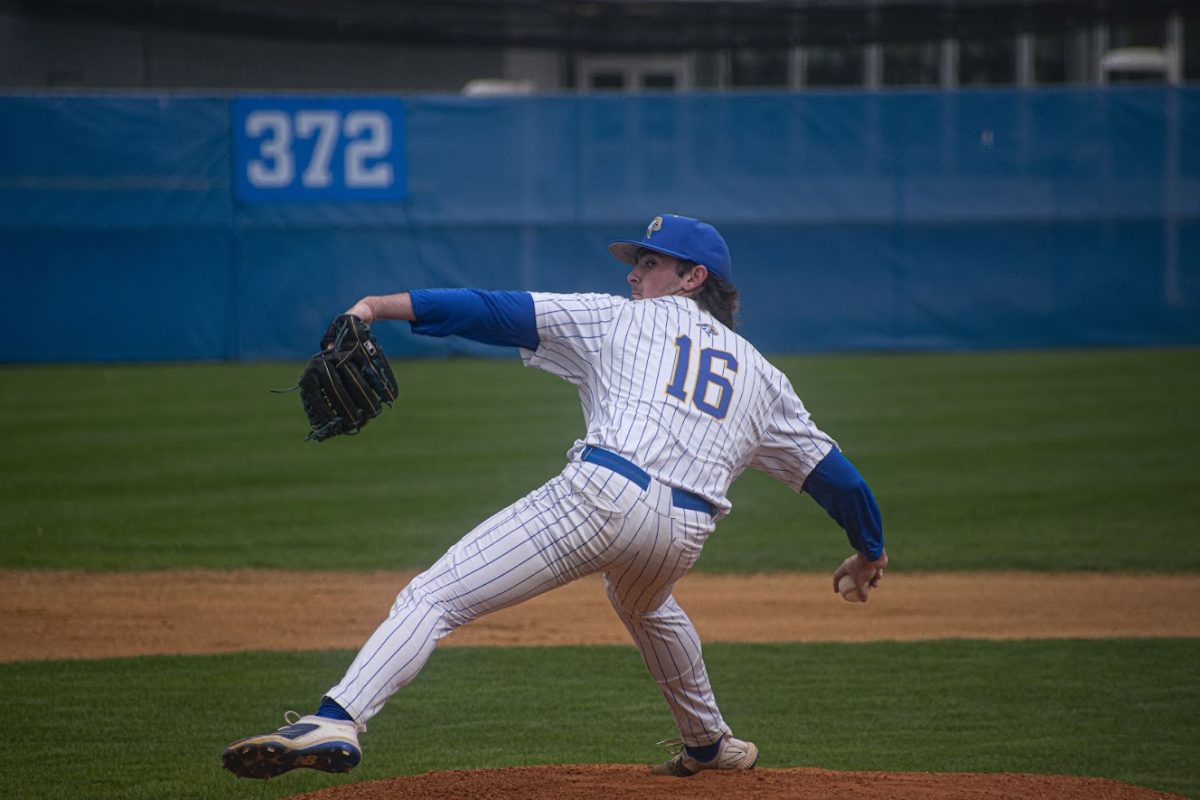From the Associated Press
SYDNEY – A clash off Antarctica between a Japanese whaler and a boat from a protest group partly bankrolled by former TV game show host Bob Barker left the anti-whaling vessel badly damaged and each side accusing the other of life-threatening behavior.
The bow of the Ady Gil — a sleek, wave-piercing power boat that resembles a stealth bomber — was sheared off Wednesday by the Shonan Maru. It was the latest in a series of escalating confrontations between the U.S.-based Sea Shepherd Conservation Society and the Japanese whaling fleet .
Only minor injuries were reported aboard the Ady Gil.
New Zealand’s marine safety authority said it was launching an investigation into the clash and that Australia’s equivalent body would be cooperating closely.
Japan kills about 1,200 whales a year during the December-February season. Sea Shepherd sends ships to try to stop the Japanese hunt, which Tokyo says is for scientific research but conservationists suspect is a cover for commercial whaling.
“This incident was caused by rapidly approaching our ships and other harassment tactics,” Japan’s Fisheries Agency said in a statement Thursday. “Our research whaling is conducted in accordance with international treaties, and the repeated harassment activities by the Sea Shepherd endanger the lives and property of our sailors. It is extremely dangerous and unforgivable.”
Sea Shepherd’s aggressive and confrontational tactics have drawn criticism in the past from Greenpeace , which is seeking to change Japanese attitudes toward whaling by cultivating political allies in parliament.
The activities of Sea Shepherd are generally seen as belligerent in Japan and have garnered little sympathy. Two major newspapers put photos of the clash on their front pages Thursday. “This is what harassment leads to,” said one of the captions.
But Sea Shepherd’s efforts have spawned the Animal Planet TV series ” Whale Wars ,” which has helped win the group high-profile patrons.
Among the group’s financial backers is Barker, the former “Price is Right” host who recently gave Sea Shepherd $5 million. The activists named a vessel the Bob Barker , which was near the scene of the clash and rescued the crew of the stricken Ady Gil.
Paul Watson , Sea Shepherd’s founder, vowed to continue to confront the whaling fleet.
“The Japanese whalers have now escalated this conflict very violently,” Watson said in a statement from aboard Sea Shepherd’s main ship, the Steve Irwin , which he is captaining. The vessel, named for the late Australian conservationist, was about 570 miles (900 kilometers) away from the Ady Gil.
“We now have a real whale war on our hands now and we have no intention of retreating,” he added.
Watson told The Associated Press by satellite phone on Thursday the group was working to get diesel fuel, oil and the engines out of the Ady Gil because fears were high it could sink and pollute the pristine environment.
“That is our priority right now; to make sure there is no pollution from that vessel,” he said.
Watson said the group had attempted to tow the Ady Gil but that each time they tried the boat took on more water, so they had stopped.
Barker, a longtime animal rights advocate, said news of the clash came as a shock.
“To think I had just become involved in it, then they had the worst accident that they’ve had. I thought, ‘Barker, what have you brought onto these people?'” he said.
He said he steadfastly supports Sea Shepherd and was grateful that his namesake ship was able to help.
“I knew that they get in there and try to get between the whalers and the whales,” said Barker, 86.
Watson and Barker met through a fellow activist.
“He said he thought he could put the Japanese whaling fleet out of business if he had $5 million,” Barker said earlier. “I said, ‘I think you do have the skills to do that, and I have $5 million, so let’s get it on,’ so that’s what we did.”
The two sides involved in Wednesday’s incident gave conflicting versions of what happened.
Sea Shepherd said the Shonan Maru deliberately rammed the 78-foot (24-meter) Ady Gil as it sat idle in the water near Commonwealth Bay . Representatives of Japan’s Institute of Cetacean Research , which oversees the whaling fleet, said the activists caused the incident when the carbon fiber and Kevlar trimaran veered into the Shonan Maru’s path.
The whaling institute said the Ady Gil came “within collision distance” of another ship on Wednesday, the Nisshin Maru , and repeatedly dangled a rope that could have entangled the ship’s rudder and propeller. The Ady Gil’s crew lobbed small projectiles designed to release a foul smell, and the whalers responded by firing high-powered hoses to keep the Sea Shepherd vessels away, the institute said in a statement.
Locky Maclean, the first mate of the Steve Irwin ship , said one of Ady Gil’s crew appeared to have suffered two cracked ribs, but the five others aboard were uninjured. Toshinori Uoya, a spokesman for Japan’s Fisheries Agency, which provides grants to the institute and oversees whaling policy, said there were no injuries on the Japanese side.
Glenn Inwood, a spokesman for the whaling institute, said the Ady Gil was moving toward the Shonan Maru and the crash occurred because of an apparent miscalculation by the activists. He said video shot from the Shonan Maru shows the conservationists’ boat moving toward the whaler just before the collision.
“The Shonan Maru steams to port to avoid a collision. I guess they, the Ady Gil, miscalculated,” Inwood told AP.
Video shot by Sea Shepherd shows the Ady Gil bobbing in the water in front of the Shonan Maru, which then struck it. It was not clear from either video if the Ady Gil had come to a full stop before being struck, or if the Shonan Maru turned before it struck the Ady Gil.
The clash represented a departure from the usual confrontations, said Jules Boykoff, assistant professor of politics and environmental studies at Pacific University in Oregon.
“Certainly when an actual Sea Shepherd ship gets rammed, that is an escalation,” Boykoff said. “I think getting rammed, regardless of whose fault it was, shows there is violence involved.”
Although it would focus attention on whaling, Sea Shepherd’s tactics might turn off other animal rights activists , he added.
Greg McNevin, a Greenpeace International spokesman in Amsterdam, would not comment on the incident directly, but said his group stopped sending ships to the Antarctic to confront whalers in 2008 in order to focus its efforts on changing opinion in Japan .
“We don’t condone violence in any form, no matter who does it,” McNevin said. ” Greenpeace ‘s position was that we would only place ourselves between the whale and the harpoon.”
Animal Planet spokesman Brian Eley said Sea Shepherd has no editorial control over ” Whale Wars ” and that it pays the group a nominal fee for space on its vessels and for meals and incidentals.
Asked if producing the show raises the risk of violent confrontation, Eley replied: “Our production crew did not direct or control Sea Shepherd’s actions. We have documented what happened, and our viewers can make their own judgments.”
Australia and New Zealand — both opponents of whaling — have maritime safety authority in the region where the Japanese hunt occurs, and they have urged both sides to show restraint in the frigid waters, warning that they are far away from rescue if anything goes wrong.
“The government is very concerned at this collision,” Australian Environment Minister Peter Garrett said. “We condemn any dangerous or violent activity that takes place in the southern oceans . Safety at sea is an absolute priority in this dangerous and inhospitable ocean area.”
New Zealand Foreign Minister Murray McCully deplored the clash and urged both sides to “put a greater premium on human life in such a harsh environment.” He said would take up the issue with Japanese authorities.







